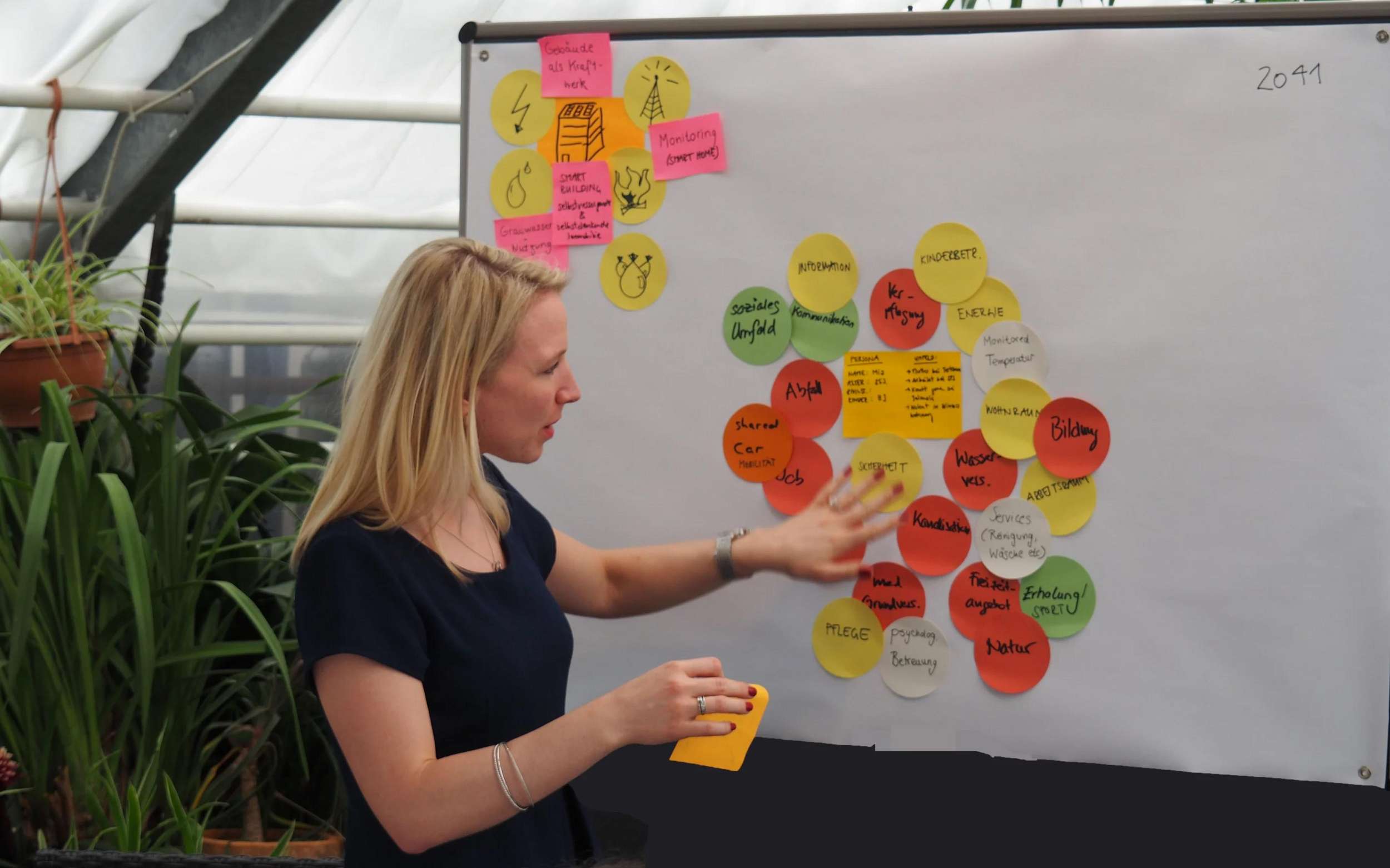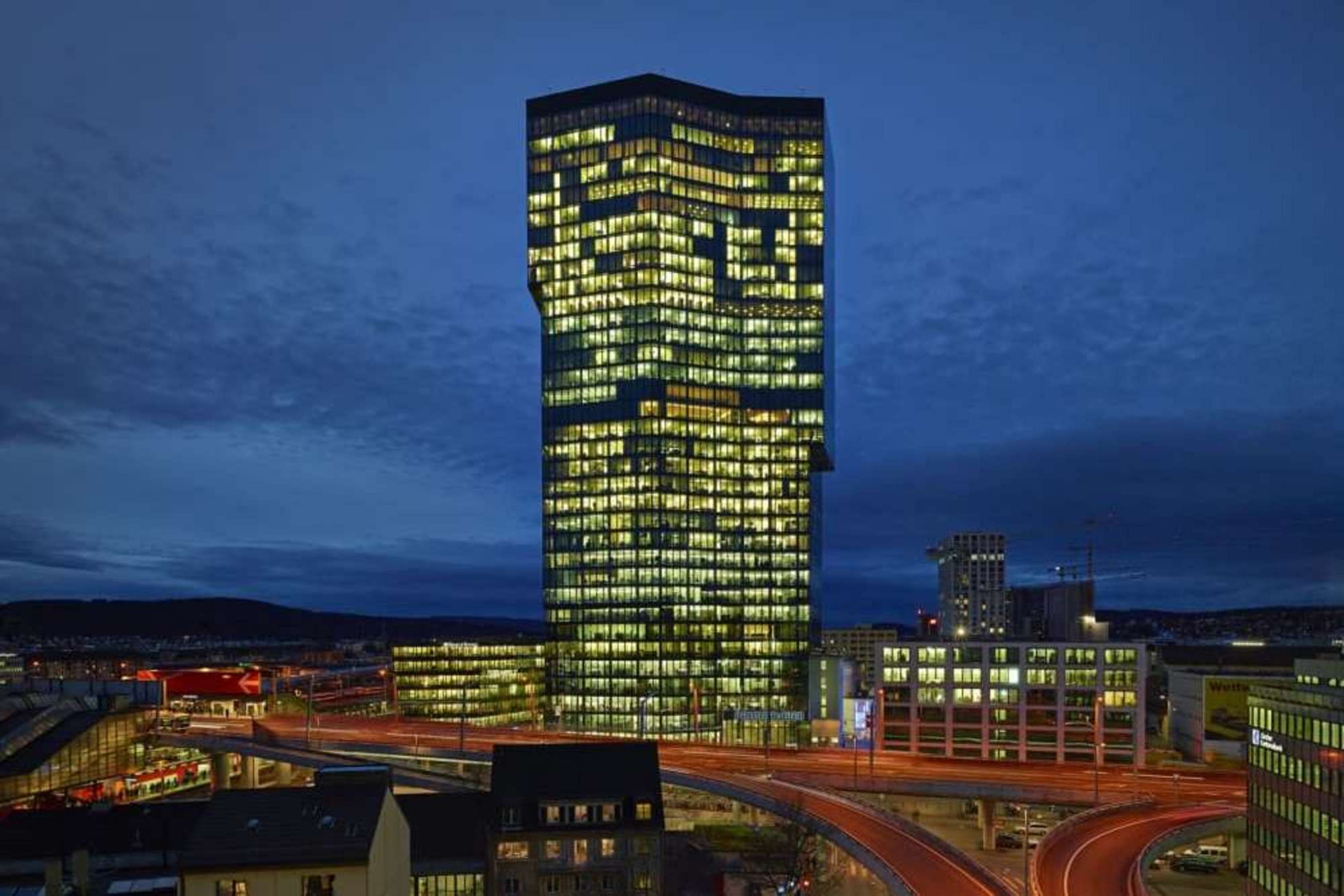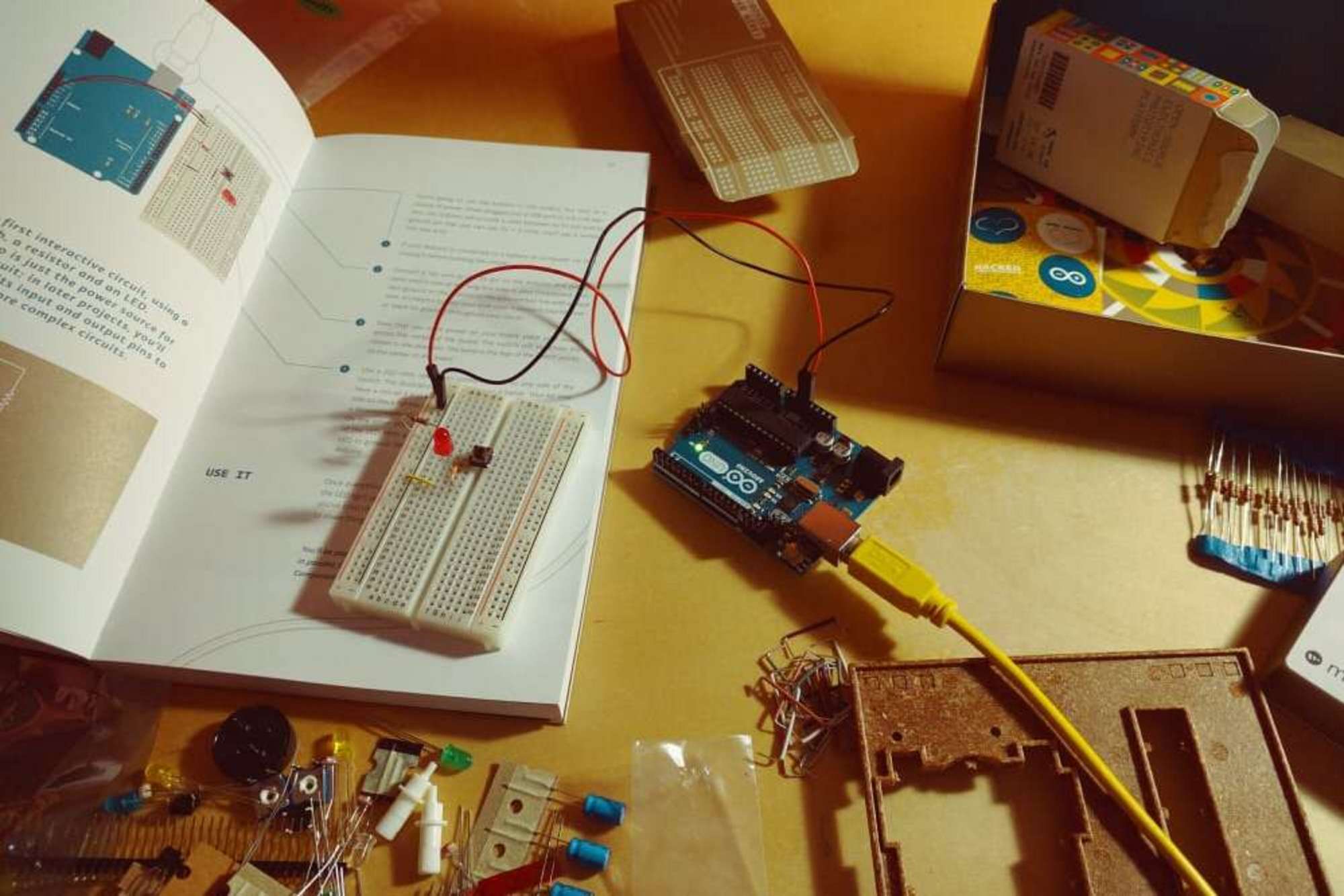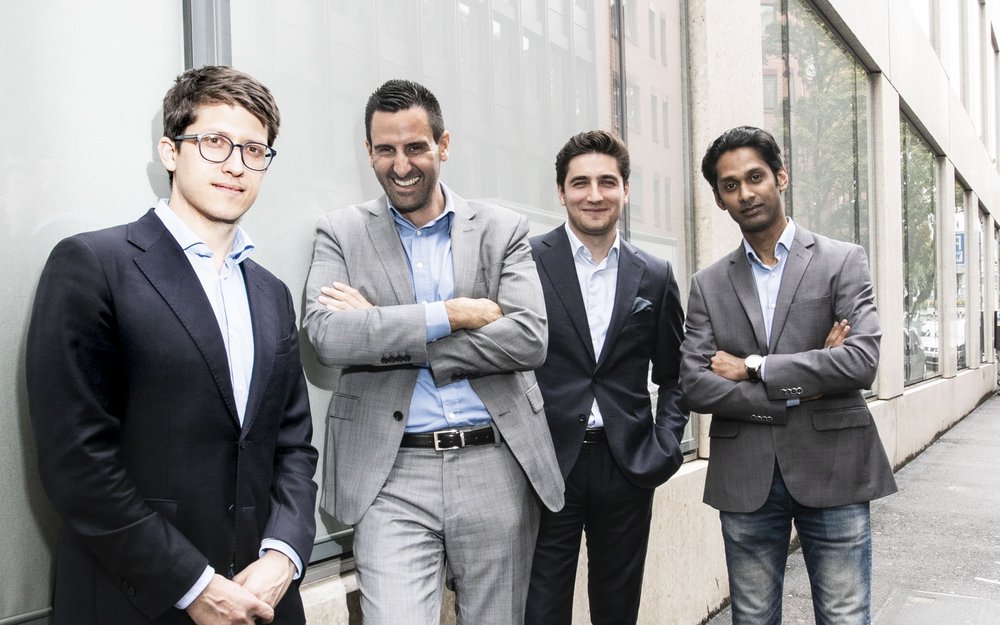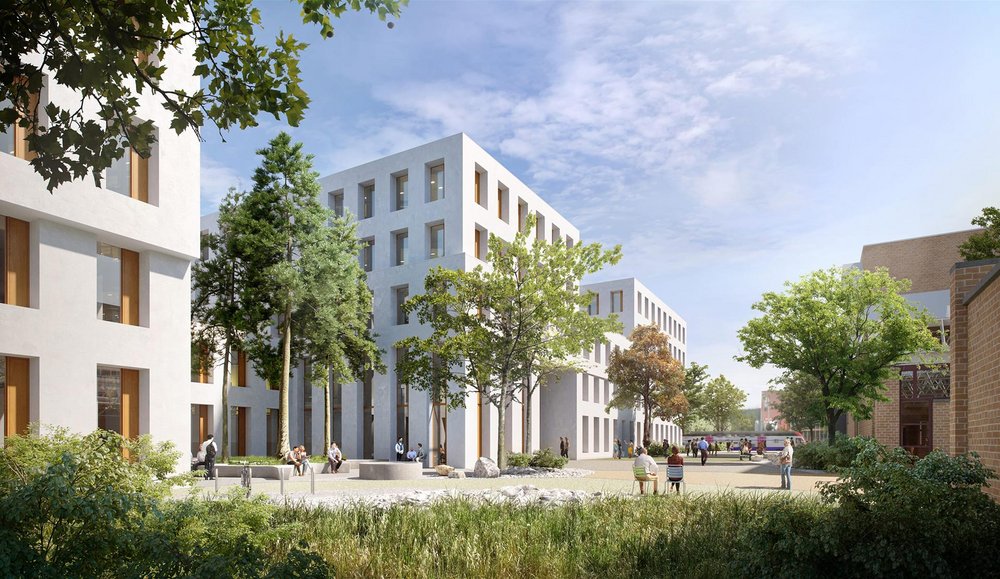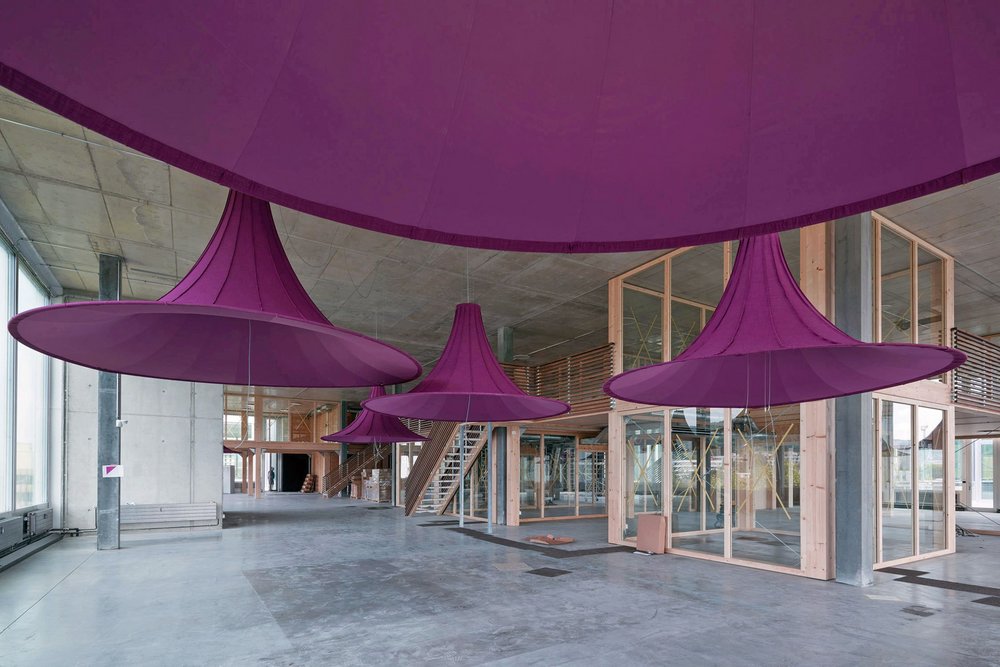Story Detail
Innovation – expecting the unexpected
Inspiring examples and success stories – in particular from start-ups from Silicon Valley – have provoked a flurry of innovation activity; innovation teams are being built and budgets discussed. The start-ups themselves benefit from modern systems, such as financing opportunities via crowdfunding platforms. Institutional investors are also looking for alternative sources of revenue and are increasingly considering investment in start-ups. In addition to banks as finance partners, foundations and sponsorship cooperatives have traditionally played an important role in funding and supporting promising business ideas. The sponsorship cooperative SAFFA, which helps female entrepreneurs to access funding, and Gebert Rüf Stiftung, created as a foundation for science and innovation, are just two of many such organisations.
Innovation – an evergreen
Pioneering achievements in the fields of technology, drive systems, mobility, energy sources and communication tools have changed and are changing how we live and work. A glance at the innovation landscape of today, or at the world of start-ups, shows traditional science blending with technology – usually designated by the suffix «Tech». Alongside PropTech, typical innovation areas include MedTech, BioTech, HealthTech, FinTech, RegTech, LegalTech and CleanTech, all the way to FoodTech. Information and communications technology (ICT) includes «big data» and analytics, software, and virtual platforms and realities (virtual, augmented, mixed reality). What has changed in recent years is the rapid prototyping and testing, the extremely high speed of new developments and the de facto equation of innovation with the digitalisation megatrend. Transformation is taking place on different levels, from technology to society to the environment.
Innovation doesn’t just mean adding «Tech»
What does innovation mean for the real estate industry, or, specifically, for a real estate company like Swiss Prime Site, which designs sustainable living spaces? As a real estate company, is it enough to simply take a look at the world of PropTech to find innovative (business) ideas and potential partners?
Innovation must be understood more broadly – especially for companies that invest in real estate and project development as well as in real estate-related fields of business, and whose business model encompasses the whole life cycle of real estate. Each phase of the cycle – from scouting and investment to development and construction, asset and portfolio management, during management and use through to conversion or divestment – offers room for innovation and new business models driven by start-ups. At the same time, direct and indirect disruptive forces from the customer side impact real estate companies. These include direct influences such as digital platforms for real estate transactions like Deal Estate and indirect influences such as the structural change in retail trade.
Life is changing in the digital age; the world is becoming more virtual. Other long-term megatrends like urbanisation and climate change are impacting living, mobility, the working world, consumer behaviour and leisure activities across the world. Digitalisation has produced the sharing and service economy, and with it the reality that not everything needs to be defined, built or owned permanently over the long term. The result is more freedom and flexibility. The development of space into living space is thus becoming increasingly challenging. Interdisciplinary approaches and the development of scenarios is becoming increasingly important – meaning that «thinking, planning and building in scenarios» will become a factor for success. When it comes to societal or environmental questions, such as issues of intergenerationality and biodiversity, just adding «Tech» is not always the answer.

A structured innovation process PLUS chance and creativity
Companies can negotiate these challenges and complexities by focusing on what remains unchanged. Stakeholder groups are at the centre of this. «Stakeholder centricity» means reflecting on what stakeholders actually want before turning back to the technology. At Swiss Prime Site, our innovation strategy and process are embedded in our company and sustainability strategy. A structured process helps to organise and prioritise the relevant topics and trends. This top-down perspective requires an open, critical mindset in order to question and rethink existing structures. Sketch out possible future scenarios and the path that leads to them – requirements and the necessary infrastructure, products and services can then be derived from this.
A well-organised process alone does not guarantee innovation, but it can help to transform ideas, skills and knowledge from a variety of disciplines into added value. It also takes courage to combine existing structures with agility and creativity and to experiment with them playfully. Unadjusted approaches and a sense of adventure can lead to new things – after all, many inventions are the product of pure chance: «You should always expect the unexpected.»
In the second part of the article, we explain how the innovation process is being implemented at Swiss Prime Site.
